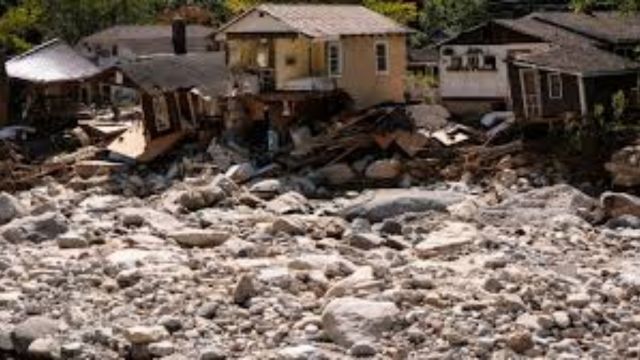As hurricane season winds down, many homeowners are left grappling with the repercussions of severe weather events that have intensified in recent years.
The fallout from these storms has not only caused significant property damage but has also exacerbated an ongoing home insurance crisis that leaves many homeowners anxious about their coverage and financial security.
The Rising Costs of Home Insurance
One of the most pressing issues facing homeowners is the dramatic increase in home insurance premiums. Insurers, grappling with heightened claims from recent hurricanes and other natural disasters, have responded by raising rates.

According to industry reports, homeowners in some regions have seen their premiums rise by as much as 20% or more in just a single year. This trend disproportionately affects those living in high-risk areas, where the threat of flooding, hurricanes, and wildfires is more pronounced.
Insurers Pulling Back
In addition to rising costs, many insurance companies are becoming increasingly selective about the policies they offer. Some major insurers have completely exited certain markets, leaving homeowners with limited options.
New Yorkers to Pay More for Health Insurance Premiums After Recent Rate Hike by Governor Hochul
This retreat is primarily driven by the financial strain of covering large claims following catastrophic events. For homeowners who rely on these policies for protection, the shrinking pool of options means higher prices and less security.
Coverage Gaps and Uncertainty
Homeowners are also facing coverage gaps that leave them vulnerable. Many policies have specific exclusions for flood damage or require additional riders for certain types of storm damage.
After a hurricane, the realization that their standard policy does not cover specific damages can be devastating.
Furthermore, navigating the complexities of claims can be frustrating, especially when homeowners are already dealing with the stress of recovery.
The Impact on Homeowners
The consequences of the home insurance crisis extend beyond finances. Homeowners are experiencing increased anxiety and uncertainty about their ability to recover from disasters.
The fear of being underinsured or unable to find affordable coverage can lead to a sense of helplessness. For those considering selling their homes, the insurance crisis can also impact property values, making it more challenging to sell in high-risk areas.
The Way Forward
Addressing the home-insurance crisis requires a multi-faceted approach. Policymakers, insurers, and homeowners must work together to find sustainable solutions. Potential measures include:
- Regulatory Reforms: Advocating for regulations that promote transparency in insurance pricing and provide support for homeowners in high-risk areas can help stabilize the market.
- Increased Education: Homeowners need clear information about their coverage options, what risks are included, and how to navigate the claims process effectively.
- Innovative Insurance Products: Insurers can explore new products tailored to meet the unique needs of homeowners in high-risk areas, such as parametric insurance, which pays out based on predetermined criteria rather than specific damages.
- Community Resilience Initiatives: Investing in community infrastructure and resilience programs can mitigate the impact of future storms, ultimately benefiting both homeowners and insurers.
Conclusion
As the immediate threats of hurricane season subside, the underlying crisis in home insurance persists. Rising costs, limited options, and coverage gaps continue to plague homeowners, creating a complex web of challenges that require urgent attention. By fostering collaboration among stakeholders and prioritizing innovative solutions, there is hope for alleviating the insurance woes that have left many homeowners feeling vulnerable in the face of natural disasters. Without concerted efforts, the lingering effects of this crisis may overshadow any progress made in the recovery from recent storms.




